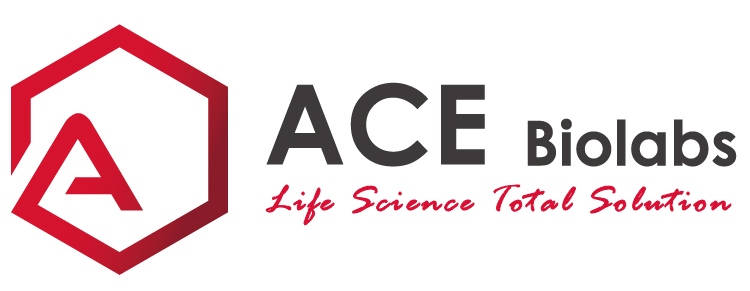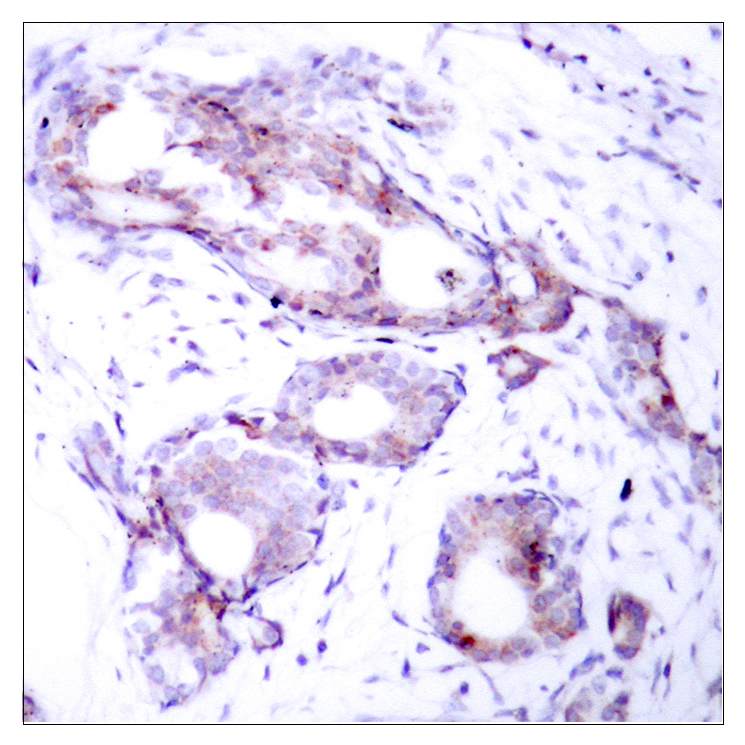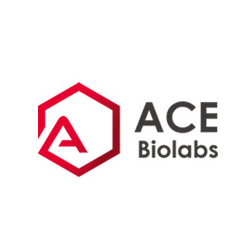c-Myc (Phospho Ser373) Rabbit pAb
- Catalog Number : AP0067
- Number : AP0067
-
Size:
Qty : - Price : Request Inquiry
General Information
| Reactivity | Human, Mouse, Rat | ||||||||||||
|---|---|---|---|---|---|---|---|---|---|---|---|---|---|
| Application | IF, IHC, ELISA, IP | ||||||||||||
| Host | Rabbit | ||||||||||||
| Clonality | Polyclonal | ||||||||||||
| Conjugate | Non-conjugated | ||||||||||||
| Isotype | IgG | ||||||||||||
| Immunogen | The antiserum was produced against synthesized peptide derived from human Myc around the phosphorylation site of Ser373. AA range:340-389 | ||||||||||||
| Molecular Weight | 50kD,(also ~60kD in some samples) (Observed) | ||||||||||||
| Storage buffer | Liquid in PBS containing 50% glycerol, 0.5% BSA and 0.02% sodium azide. | ||||||||||||
| Storage instruction | -15°C to -25°C/1 year(Do not lower than -25°C) | ||||||||||||
| Research topic | >>MAPK signaling pathway>>ErbB signaling pathway>>Cell cycle | ||||||||||||
| Alias | MYC
BHLHE39 Myc proto-oncogene protein Class E basic helix-loop-helix protein 39 bHLHe39 Proto-oncogene c-Myc Transcription factor p64 |
||||||||||||
| Recommended Dilution Ratio | IHC 1:100-1:300; IP 2-5 ug/mg lysate; ELISA 1:20000; IF 1:50-200 | ||||||||||||
| Specificity | Phospho-c-Myc (S373) Polyclonal Antibody detects endogenous levels of c-Myc protein only when phosphorylated at S373.The name of modified sites may be influenced by many factors, such as species (the modified site was not originally found in human samples) and the change of protein sequence (the previous protein sequence is incomplete, and the protein sequence may be prolonged with the development of protein sequencing technology). When naming, we will use the "numbers" in historical reference to keep the sites consistent with the reports. The antibody binds to the following modification sequence (lowercase letters are modification sites):KRsFF | ||||||||||||
| Purification | The antibody was affinity-purified from rabbit antiserum by affinity-chromatography using epitope-specific immunogen. | ||||||||||||
| Gene Name | MYC | ||||||||||||
| Protein Name | Myc proto-oncogene protein | ||||||||||||
| Database Link |
| ||||||||||||
| Background | The protein encoded by this gene is a multifunctional, nuclear phosphoprotein that plays a role in cell cycle progression, apoptosis and cellular transformation. It functions as a transcription factor that regulates transcription of specific target genes. Mutations, overexpression, rearrangement and translocation of this gene have been associated with a variety of hematopoietic tumors, leukemias and lymphomas, including Burkitt lymphoma. There is evidence to show that alternative translation initiations from an upstream, in-frame non-AUG (CUG) and a downstream AUG start site result in the production of two isoforms with distinct N-termini. The synthesis of non-AUG initiated protein is suppressed in Burkitt's lymphomas, suggesting its importance in the normal function of this gene. [provided by RefSeq, Jul 2008]. | ||||||||||||
| Function | Disease:A chromosomal aberration involving MYC may be a cause of a form of B-cell chronic lymphocytic leukemia. Translocation t(8;12)(q24;q22) with BTG1.,Disease:Overexpression of MYC is implicated in the etiology of a variety of hematopoietic tumors.,Function:Participates in the regulation of gene transcription. Binds DNA both in a non-specific manner and also specifically to recognizes the core sequence 5'-CAC[GA]TG-3'. Seems to activate the transcription of growth-related genes.,online information:Myc entry,PTM:Phosphorylated by PRKDC.,similarity:Contains 1 basic helix-loop-helix (bHLH) domain.,subunit:Efficient DNA binding requires dimerization with another bHLH protein. Binds DNA as a heterodimer with MAX. Interacts with TAF1C and SPAG9. Interacts with PARP10. Interacts with KDM5A and KDM5B. | ||||||||||||
| Cellular Localization | Nucleus, nucleoplasm . Nucleus, nucleolus . | ||||||||||||
| Tissue Expression | Cervix,Epithelium,Leukemia,Placenta,Promyelocytic l | ||||||||||||
| Validation Data |
Immunohistochemistry analysis of paraffin-embedded human breast carcinoma, using Myc (Phospho-Ser373) Antibody. |







.png)